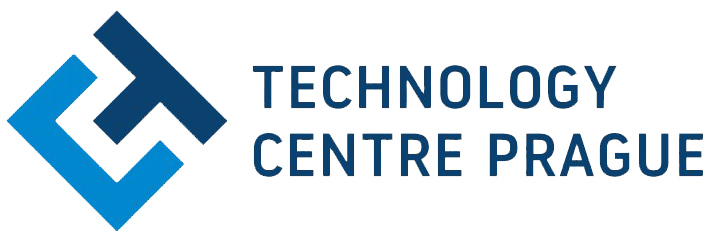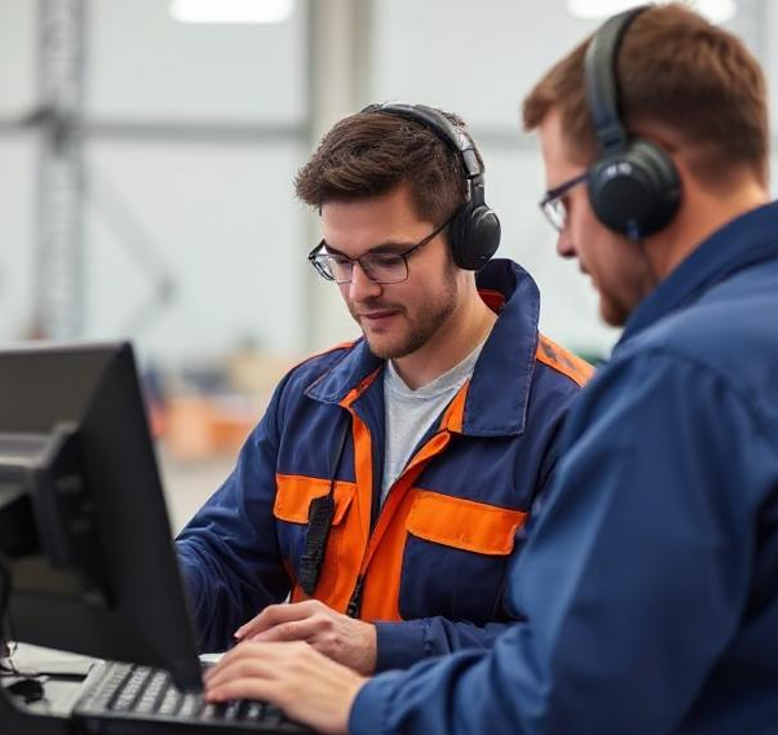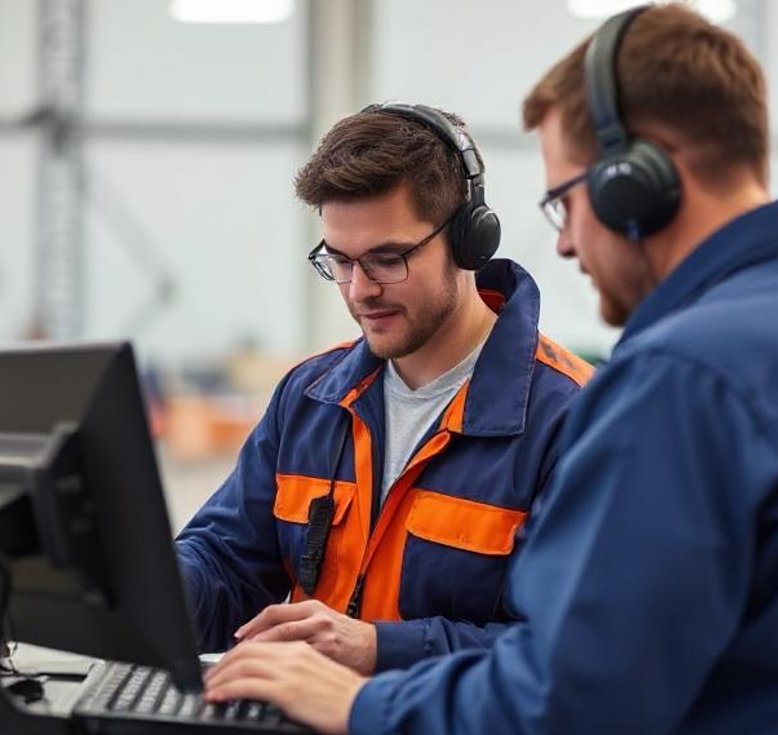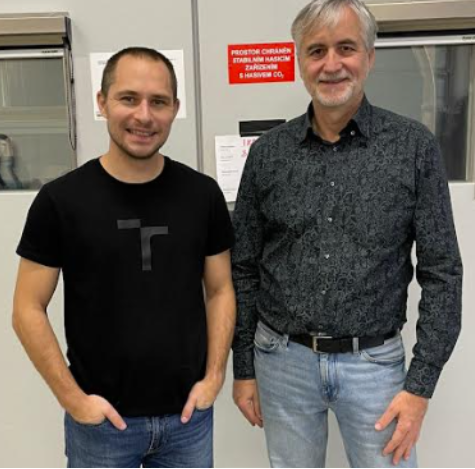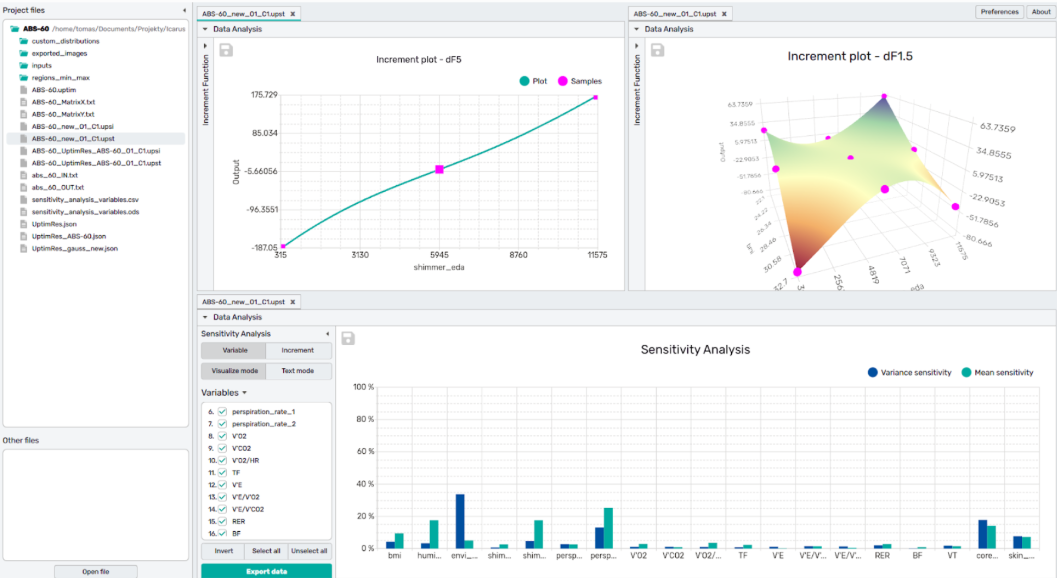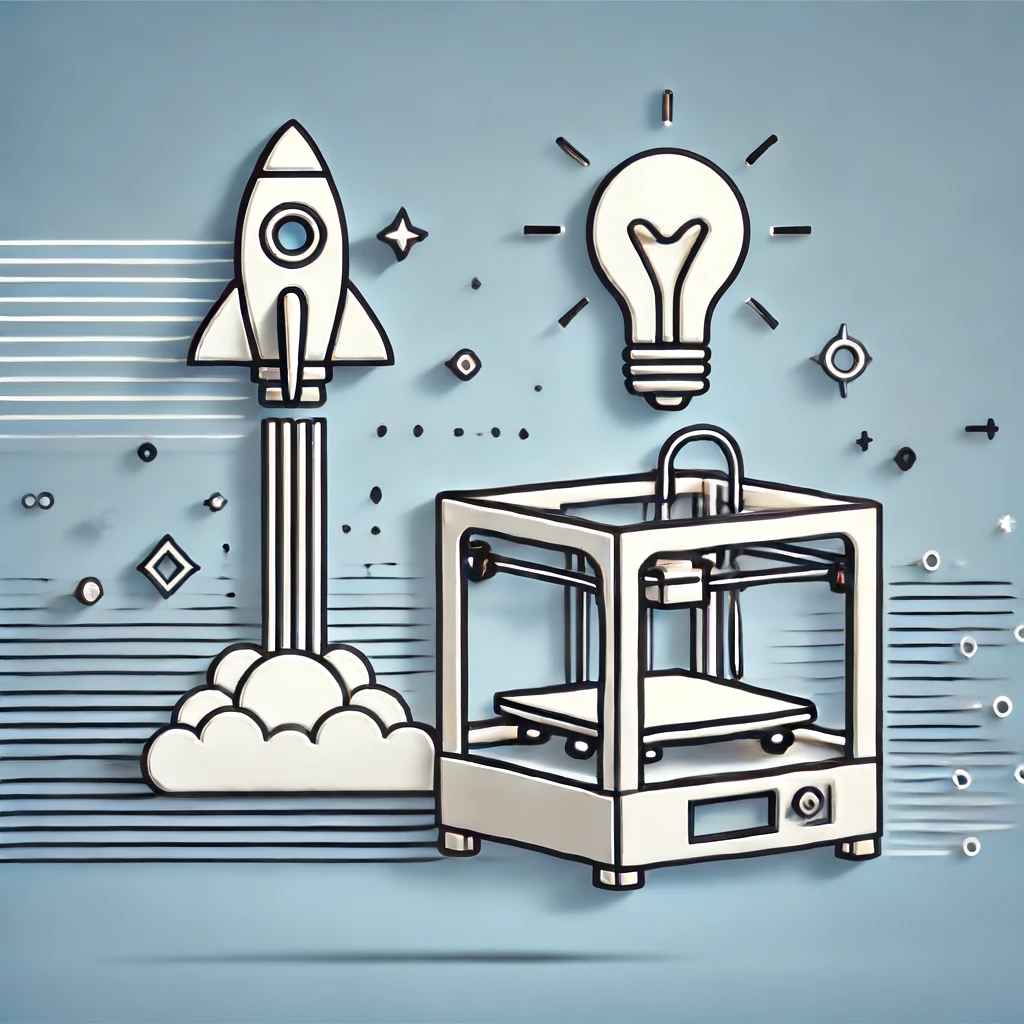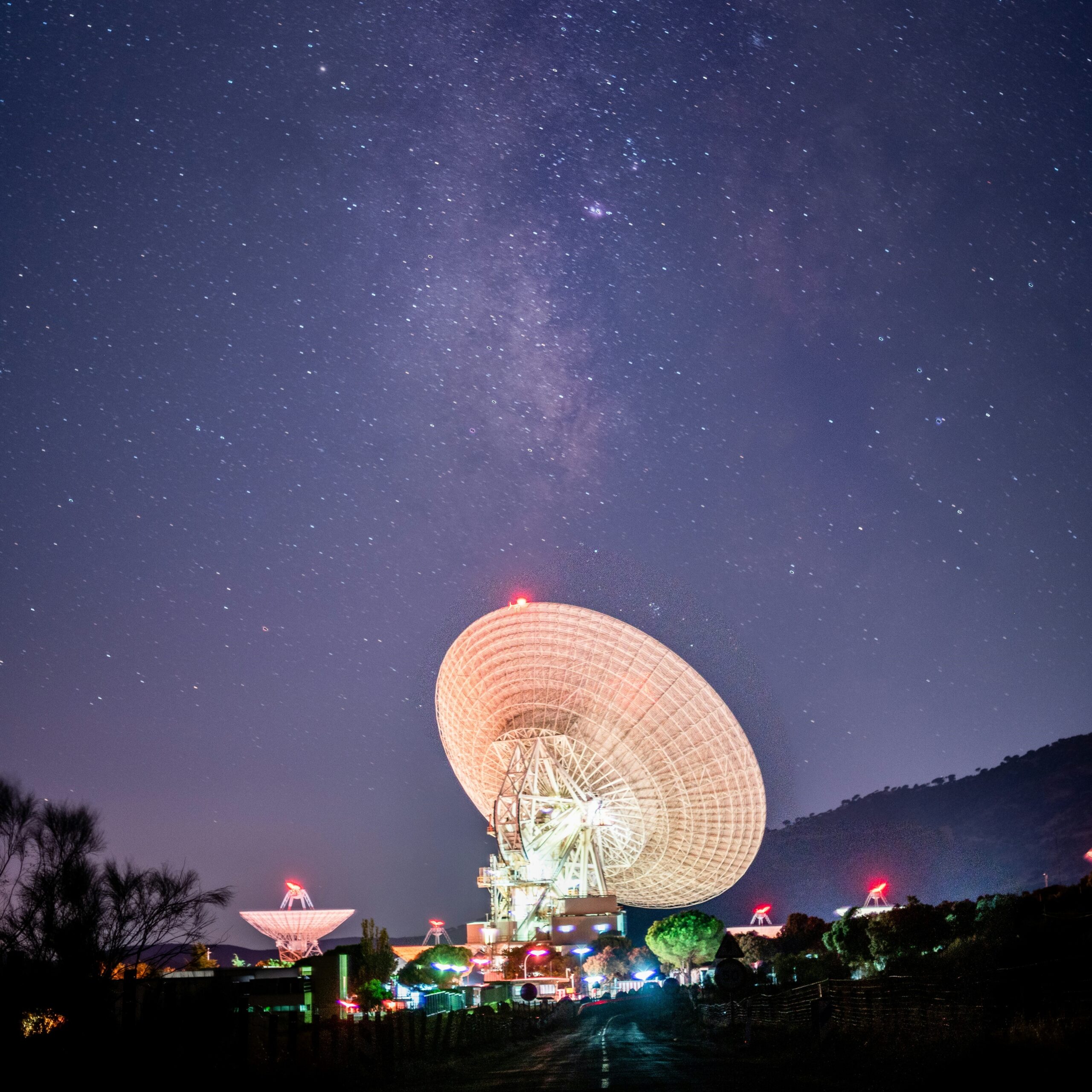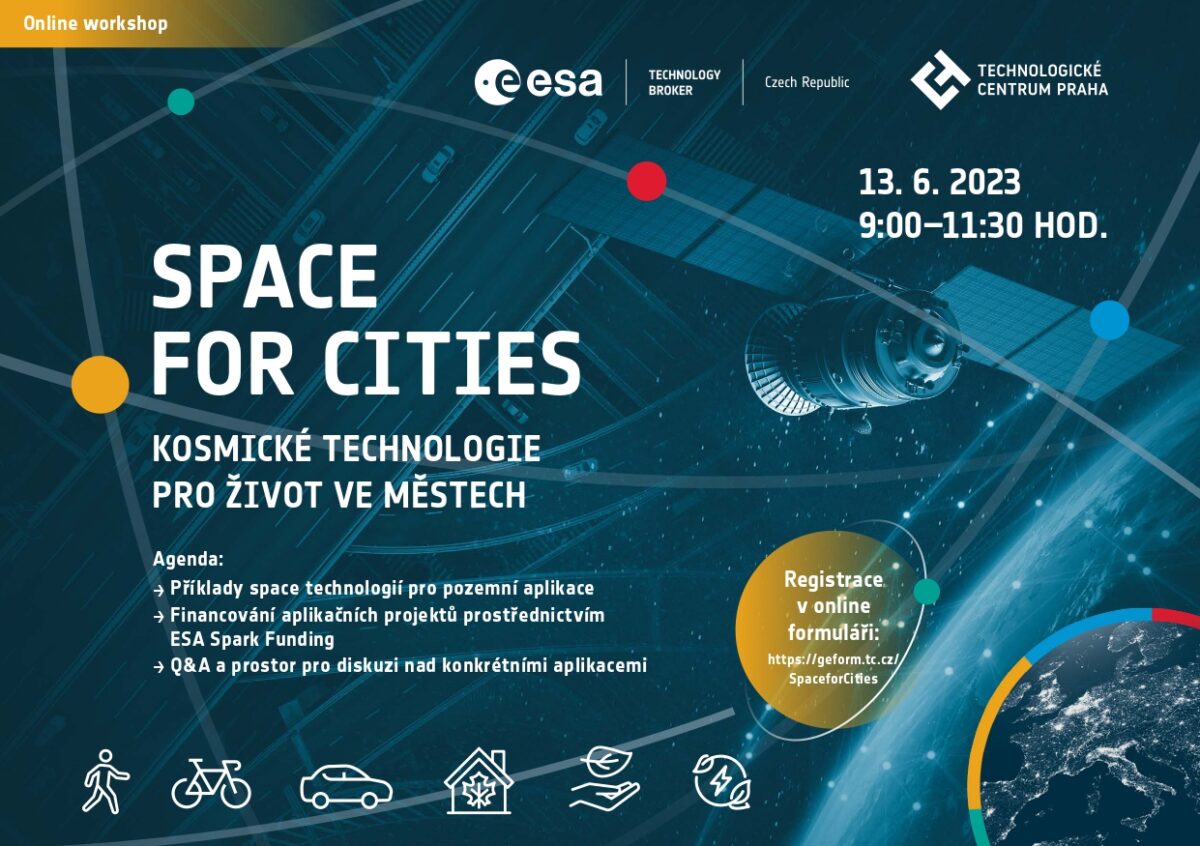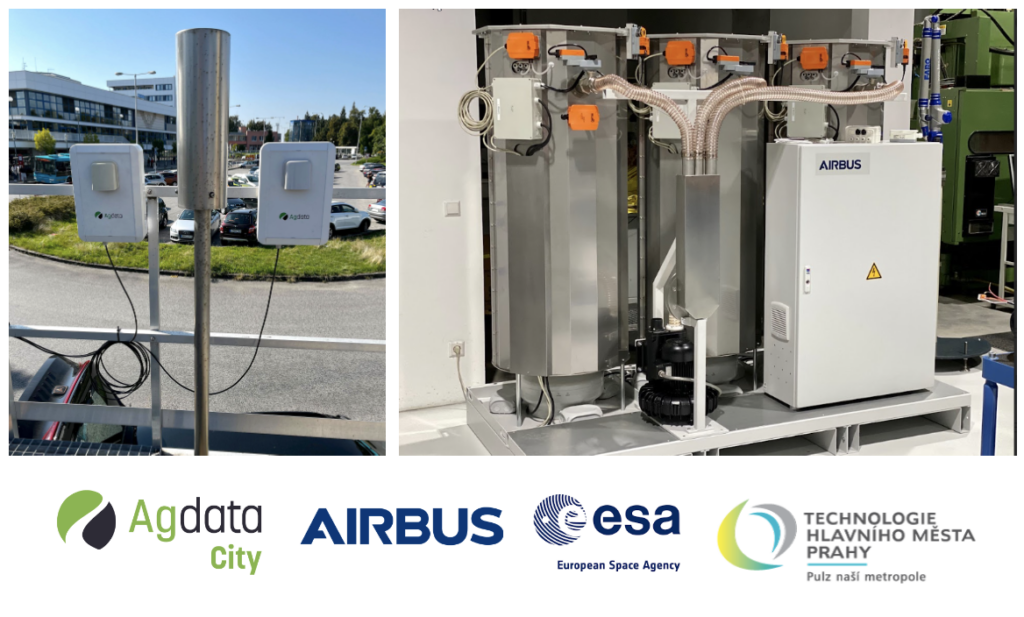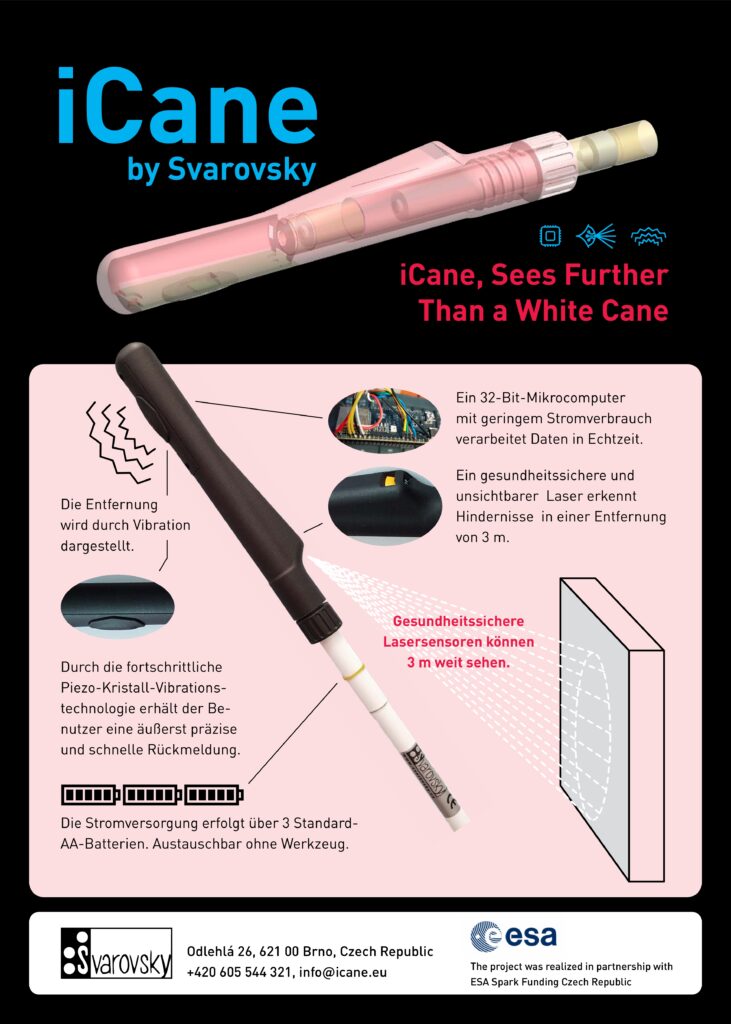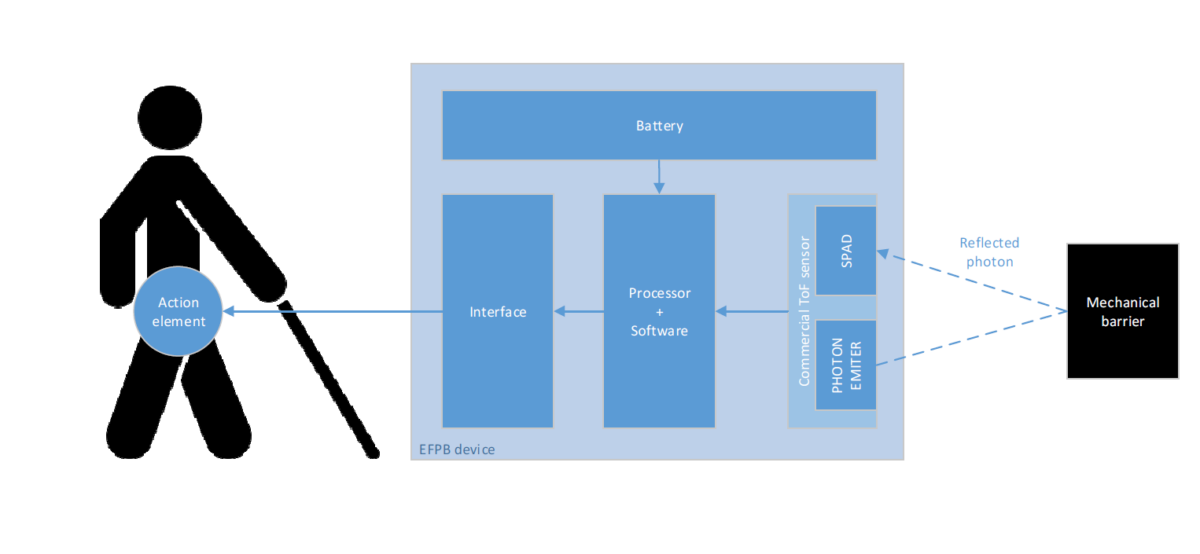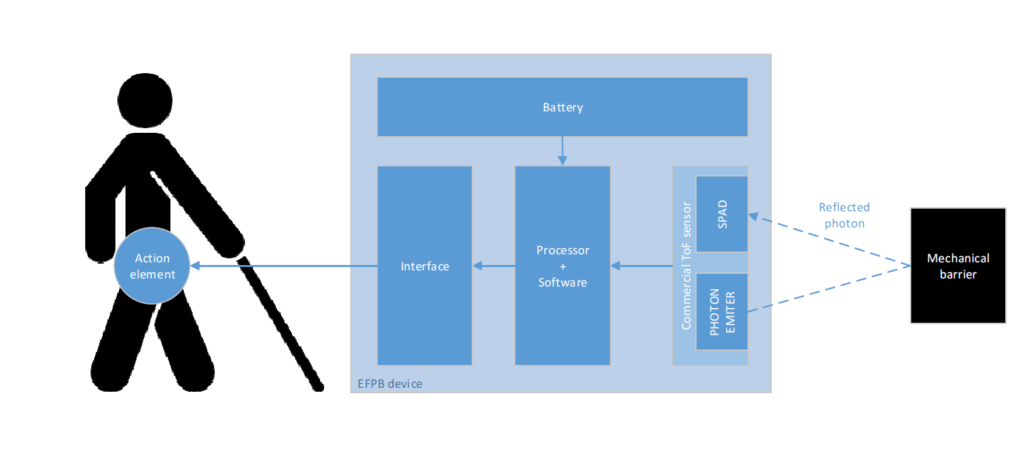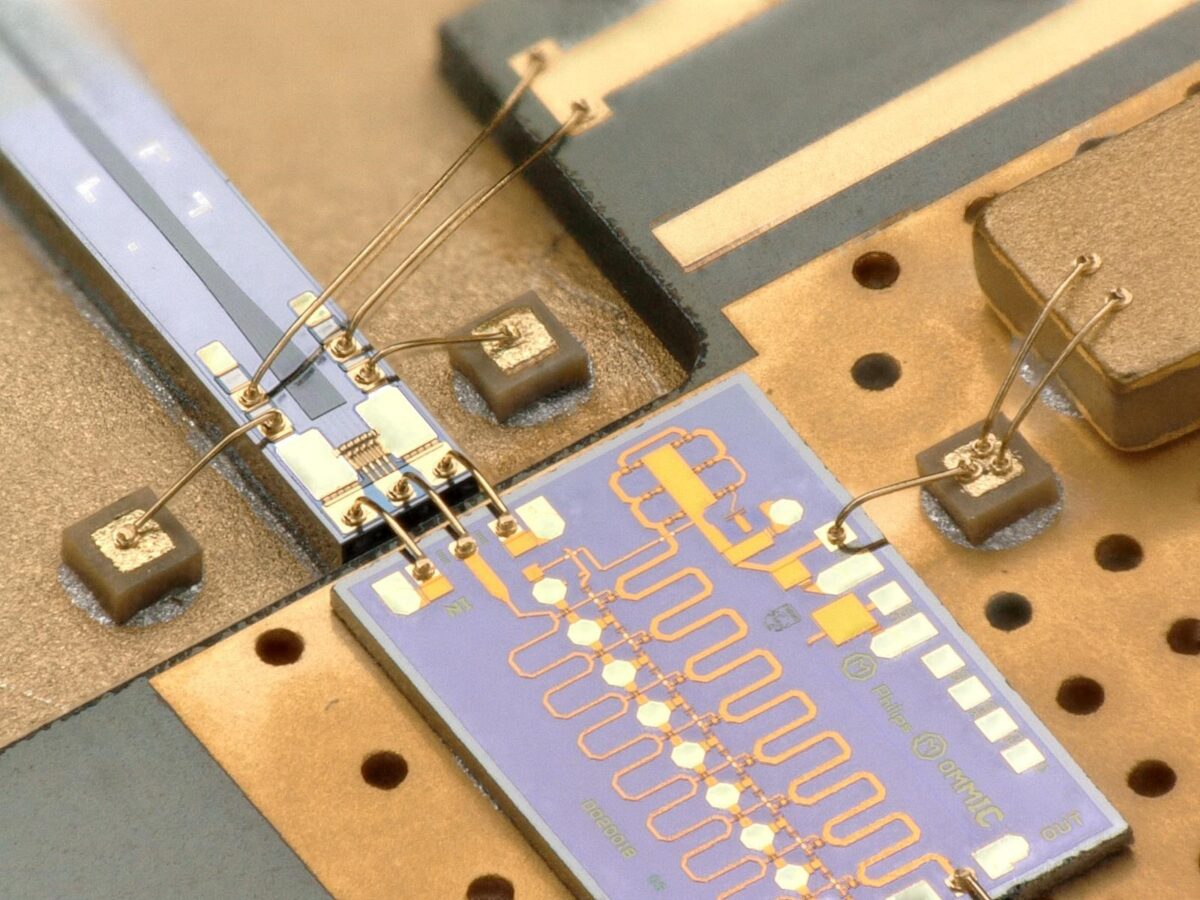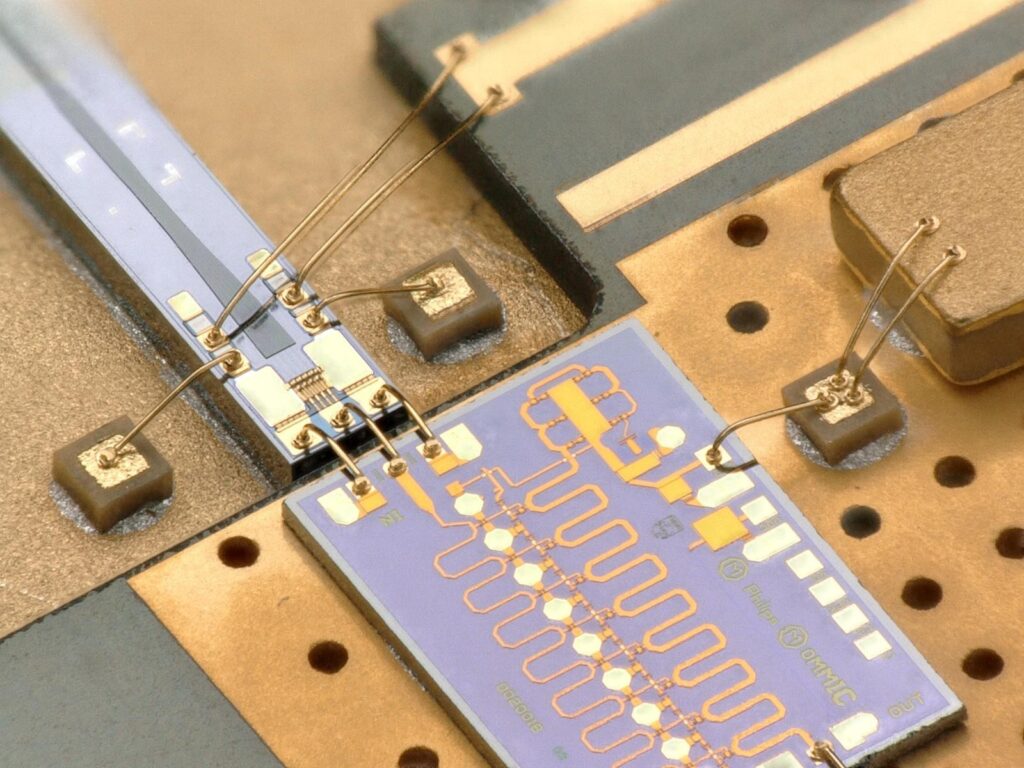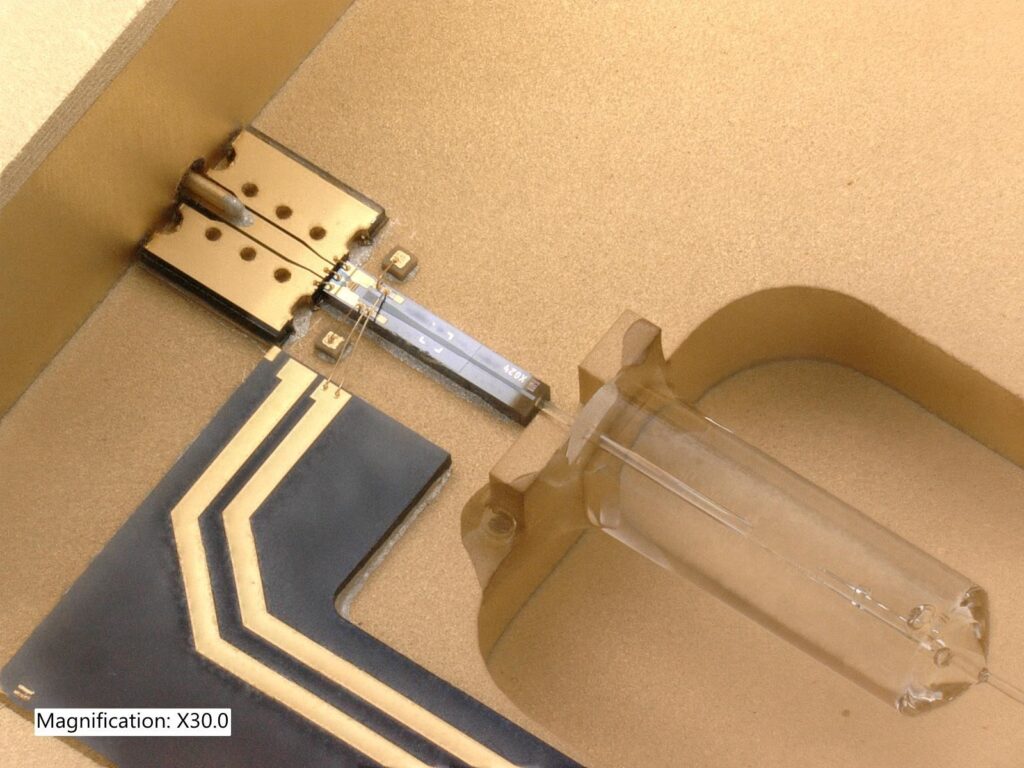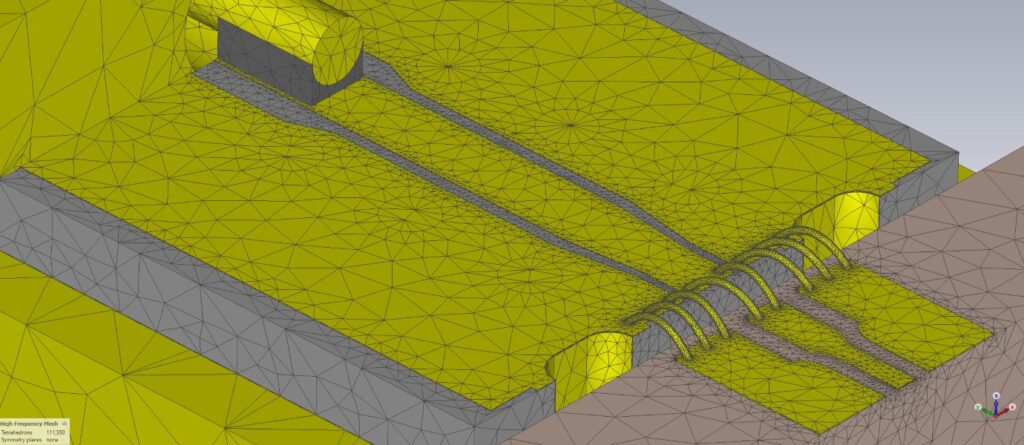Geneva, Switzerland – April 2025
The world’s largest annual event devoted exclusively to invention is celebrating a historic milestone: the 50th edition of the International Exhibition of Inventions Geneva, held from April 9–13, 2025 at Palexpo. This jubilee edition is bigger, bolder, and more inspiring than ever, drawing inventors, researchers, and innovators from over 35 countries and regions, presenting more than 1,000 groundbreaking inventions under one roof.
This year’s exhibition has an extraordinary guest of honour — the European Space Agency (ESA) — inviting visitors to journey into the cosmos and discover how space technologies are transforming life on Earth.
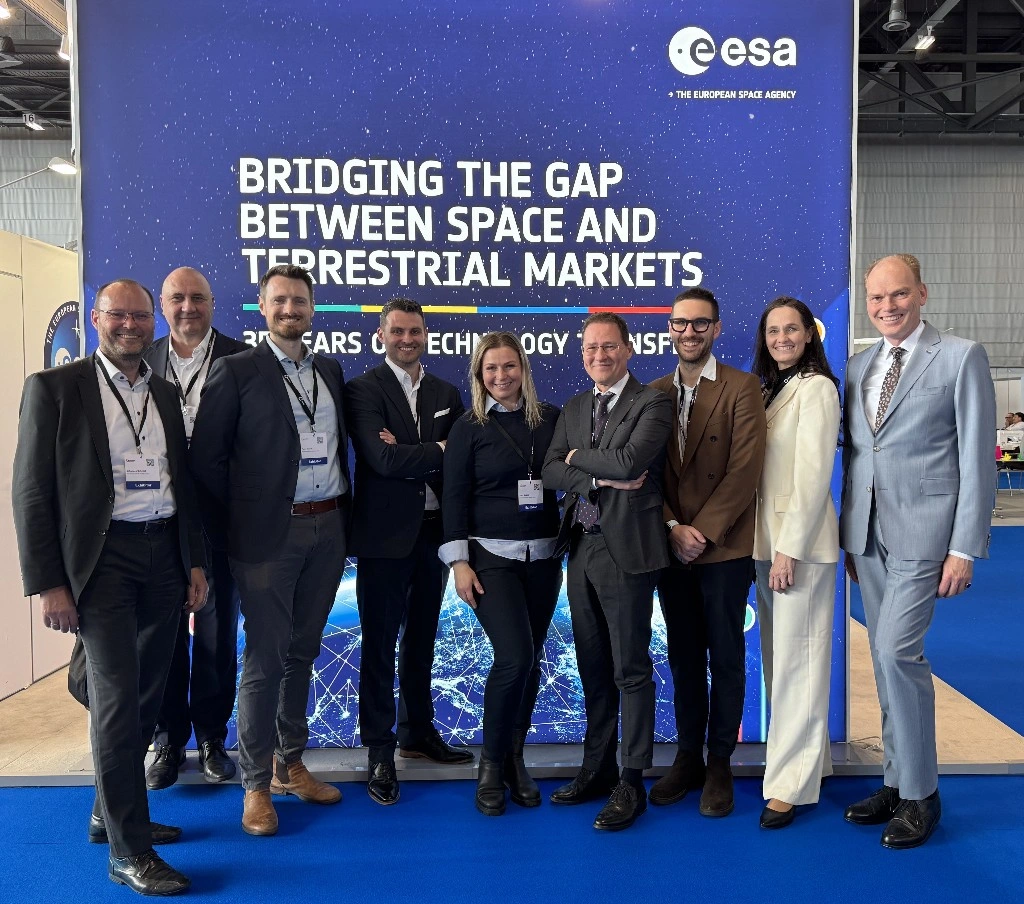
Among the standout presentations is a Czech ESA Technology Broker project that has captured international attention. Awarded by ESA, this project is proudly featured at the exhibition and will be pitched live during the event. Special congratulations go to Mr. Svarovsky, Zdeněk Dvořák, and the team behind this pioneering work.
Spotlight on Innovation: The iCane
One of the most anticipated moments at the ESA stand is the live pitch of the iCane on Friday, April 11 at 10:00 AM (Stand C39) by Anna Ruščák, ESA TB and proud engineer of Czech space innovation.
Nicknamed “Eyes for Blind People,” the iCane leverages Single Photon Avalanche Diode (SPAD) technology — a photon detector capable of picosecond precision — to identify obstacles and measure distances with unprecedented accuracy. This system synchronizes with an atomic clock, bridging Earth and space time coordination to offer real-time support for the visually impaired. Accurate, affordable and life saving solution supported by ESA Spark Funding.
The iCane isn’t just a technical marvel — it’s a life-changing tool, making a tangible socioeconomic impact by empowering blind and visually impaired individuals with greater independence and confidence.
A Galaxy of Ideas and Encounters
The 50th edition of the exhibition is also a playground for minds young and old, offering interactive workshops, live demonstrations, and insightful presentations. Visitors had the chance to meet astronaut and Air Zero-G founder Jean-François Clervoy, who was promoting Omega, and attend visionary talks by ESA leaders like Luca del Monte, Matthew Edwards, Manuel Martin Neira, Florian Kreutz and Michele Andolfo, Giovanni Toso — with more to come throughout the event.
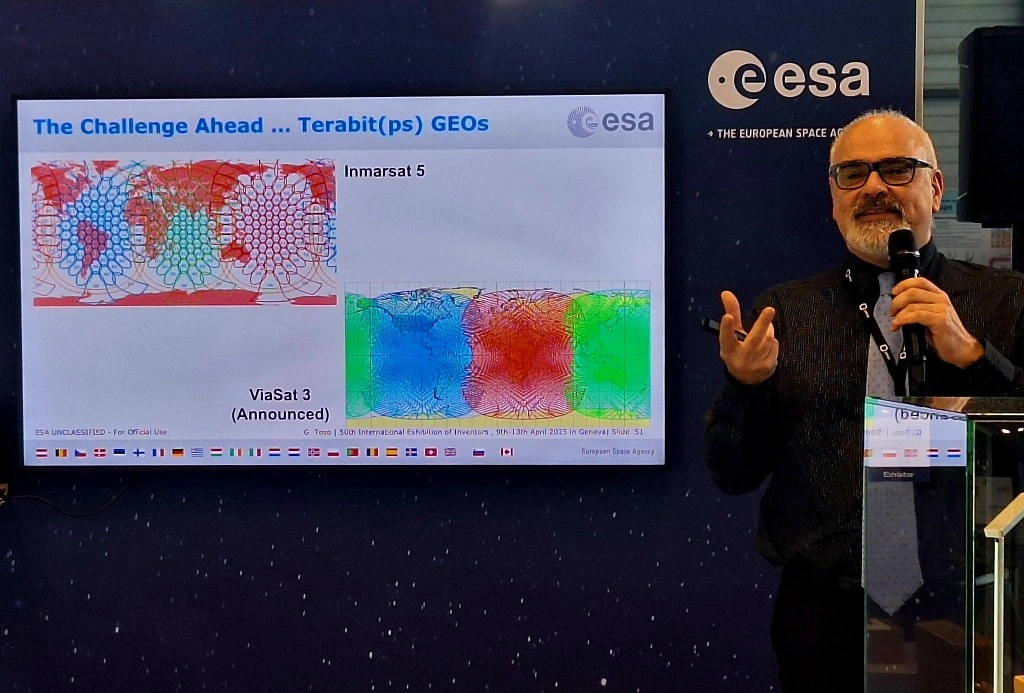
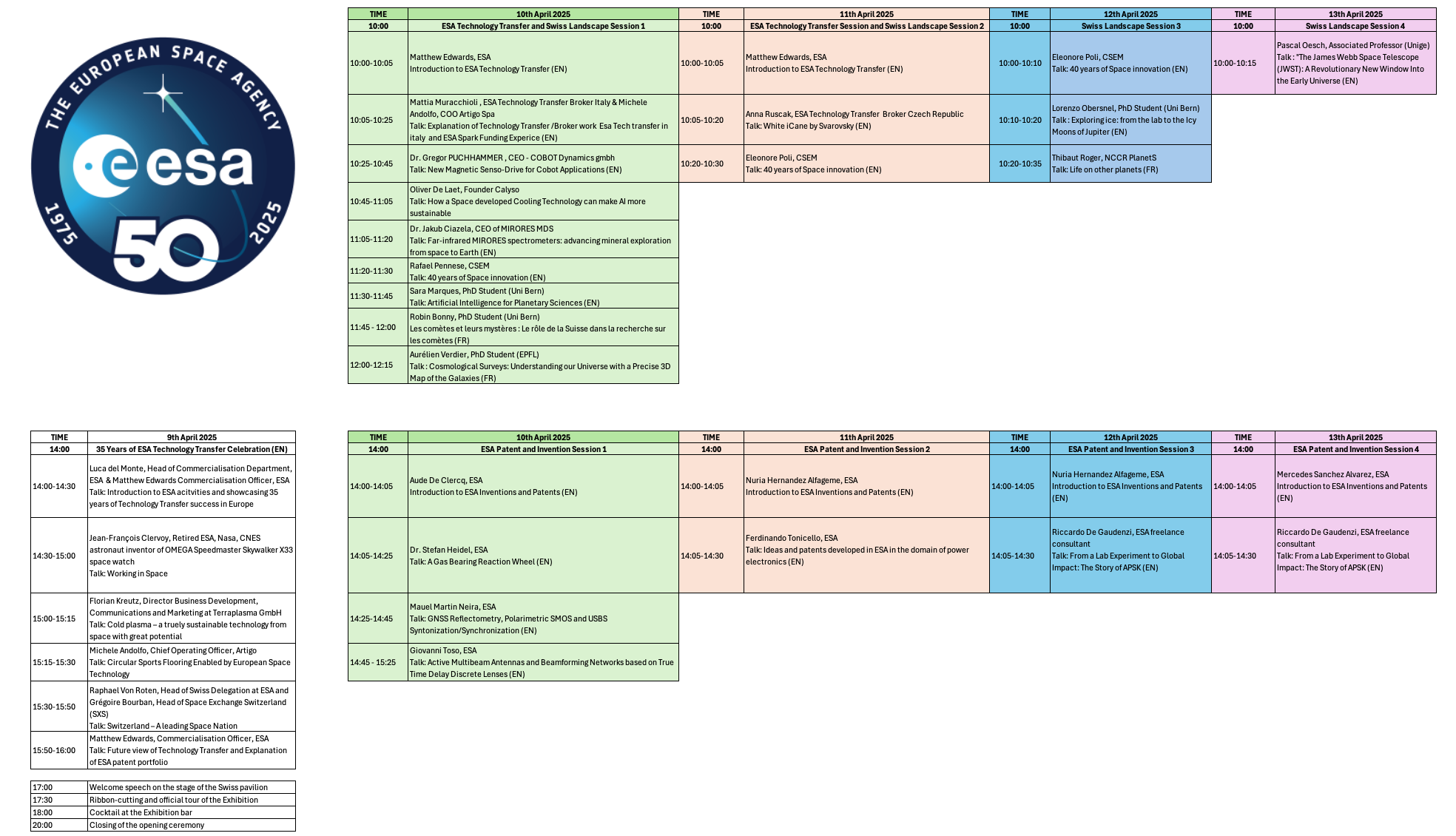
The German inventors of inflatable storage place and Croatian 3 D- Printed Elastic Lattice Structures further enrich the programme, featuring contributions from local universities, startups, SMEs, and national institutions, highlighting European’s legacy and future in innovation.
Join the Future – Today
The International Exhibition of Inventions Geneva is not just an event — it’s an experience. Whether you’re a tech enthusiast, investor, student, or industry expert, this event offers a front-row seat to the inventions that will shape tomorrow.
📍 Where: Palexpo, 73 Avenue de l’Etang, 1219 Genève, Switzerland
📅 When: April 9–13, 2025
🎤 Don’t Miss: iCane pitch by Anna at ESA Stand C39, Friday, April 11 at 10:00 AM
Visit us and join us on this interstellar journey and witness how space technology is creating ripple effects right here on Earth.
